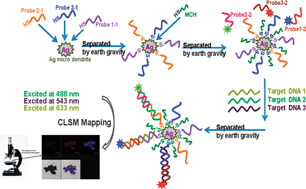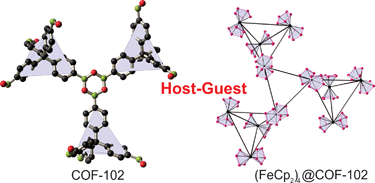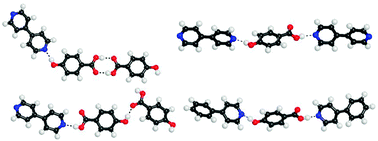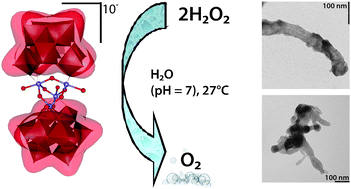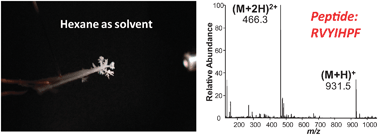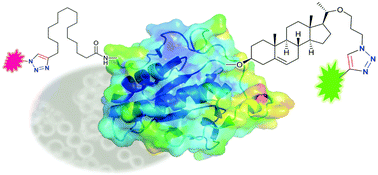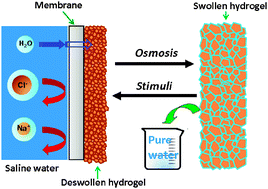 Barbara Zajc is an organic chemist working at The City College and The City University of New York. Her research interests cover, among other things, the regioselective fluorination of bioactive molecules, the synthesis and study of fluorinated carcinogen analogues, polycyclic aromatic hydrocarbons and modified nucleosides.
Barbara Zajc is an organic chemist working at The City College and The City University of New York. Her research interests cover, among other things, the regioselective fluorination of bioactive molecules, the synthesis and study of fluorinated carcinogen analogues, polycyclic aromatic hydrocarbons and modified nucleosides.
Zajc’s recent communication, published in ChemComm, utilises ‘Click’ chemistry and Julia-
Kocienski olefination to synthesise vinyl and fluorovinyl triazoles: Facile synthesis of 4-vinyl- and 4-fluorovinyl-1,2,3-triazoles via bifunctional “click-olefination” reagents
Below, Barbara takes some time away from her research to talk to us…
What initially inspired you to become a scientist?
Anything related with nature and life has always interested me, and chemistry is one of the basic sciences for understanding how things work. When I was an undergraduate at the University of Ljubljana (Slovenia), I became involved with research and I enjoyed it. So when the opportunity arose to join a research group and pursue a Ph.D. , this became a natural choice.
What was your motivation behind the work described in your ChemComm article?
One focus of our research is the development of methods for the regiospecific introduction of fluorine into organic molecules. We are exploring the synthesis and reactivity of specific fluorinated building blocks, leading to diverse fluorinated molecules via a modular assembly approach. We are also interested in the role fluorine has on the reactivity of various reagents, compared to a hydrogen atom. We have previously developed a series of novel Julia-Kocienski reagents for the synthesis of various functionalised vinyl fluorides. In this particular work we were interested in developing “multifunctionalisable” Julia-Kocienski reagents that would allow quick and facile introduction of different substituents at N– and vinyl moieties, during assembly of the vinyl or fluorovinyl triazole scaffold.
Why did you choose ChemComm to publish your work?
For many years now, ChemComm has remained a prestigious journal, with broad readership and high-impact. I am impressed with the Editorial department’s speed of review, the publication process, and the “error-free” reproduction of our submitted material.
Where do you see your research heading next?
We are planning on using this particular method we have developed for the synthesis of new classes of vinyl and fluorovinyl triazoles of potential biological importance.
What do enjoy doing in your spare time?
Hiking in nature, watching wildlife, occasionally visiting an art gallery, going to the opera or a classical music concert, reading a good novel and skiing when I find the time.
If you could not be a scientist, but could be anything else, what would you be?
I was always fascinated with nature and in particular with the animal world. If I was not a chemist, I would have loved to be an animal behaviour observer.
Other organic chemistry articles recently published in our sister journal Chemical Science that might interest you include:-
Catalytic asymmetric allylic alkylation employing heteroatom nucleophiles: a powerful method for C–X bond formation
Barry M. Trost, Ting Zhang and Joshua D. Sieber
Chem. Sci., 2010, 1, 427-440
DOI: 10.1039/C0SC00234H, Perspective
Continuous flow multi-step organic synthesis
Damien Webb and Timothy F. Jamison
Chem. Sci., 2010, 1, 675-680
DOI: 10.1039/C0SC00381F, Minireview
